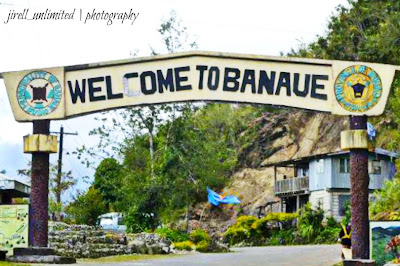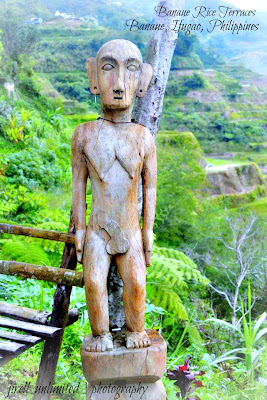Barasoain Church - Malolos Bulacan
Barasoain Church (also known as Our Lady of Mt. Carmel Parish) is a Roman Catholic church built in 1630[1] in Malolos City, Bulacan. Having earned the title as the Cradle of Democracy in the East, the most important religious building in the Philippines,[2] and the site of the First Philippine Republic, the Church is proverbial for its historical importance among Filipinos.
Founded by Augustinian Missionaries in 1859, the church is also renowned for its architectural design and internal adornments.[1] The original church was burned during the outbreak of the Philippine Revolution however, it was renovated. It is about 42 kilometers away from Manila.
The church recorded some of the important events occurred in the country. While it has been a temporary residence of General Aguinaldo, three major events in Philippine History happened in this church: the convening of the First Philippine Congress (September 15, 1898), the drafting of the Malolos Constitution (September 29, 1898 to January 21, 1899), and the inauguration of the First Philippine Republic (January 23, 1899).[3] By Presidential Decree No. 260, the church was proclaimed as a National Shrine by President Ferdinand Marcos on August 1, 1973.[4] Unusual for newly elected presidents in the Philippines, the church has been a venue in an inaugural affairs. General Emilio Aguinaldo and former president Joseph Estrada were the only two who have been inaugurated in the place.[5]
Historic Barasoain used to be independent from Malolos and this explains the presence of a stone church here. The Parish Church of Our Lady of Mt. Carmel had its first stone edifice in 1871 to replace a temporary one but was burned later. In 1885, the current structure was started while the belltower was constructed in 1889. The church was the scene of the proclamation of Philippine Independence and recently, where Joseph Estrada took his oath of office.
The facade has Neo-Classic touches and its rounded pediment is echoed by the arches and rose window at the lower part
The term "Barasoain" was derived from a place in Spain to which the missionaries found the place in Malolos in striking similarity. When the Spanish-Filipino revolution broke-out, revolutionaries coined the term "baras ng suwail", which means "dungeon of the defiant"
Barasoain Church was founded by Augustinian Missionaries. Built on the 1630, the original church was destroyed in a fire in 1884 prompting various renovations. However, the structure itself was very similar to the Church during the Spanish era.
The church consists of two structures, the church and an adjoining convent. While the left outside of the Church is a medieval bell tower, the entrance of which has bamboo arches linings and its sides are rose windows. Its architectural design is simple however, it has paintings in its ceilings and domes which makes it look bigger than its actual size. The altar in the inside has glimmering lights despite the church's historical reputation.[7] Aside of which, floral motifs, frescoes of angels and saints embellish the interior of the Church. Right in front is a convent which has a museum dedicated to the three historical events that took place in the church.[3] While the Barasoain Church Ecclesiastical Museum has been a repository of important artifacts found within the vicinity of the province,[8] the Church's Historical Landmarks History Museum concerns on preserving the fruits of the Philippine Revolution as well as freedom and the Filipinos' heritage of democracy.






















